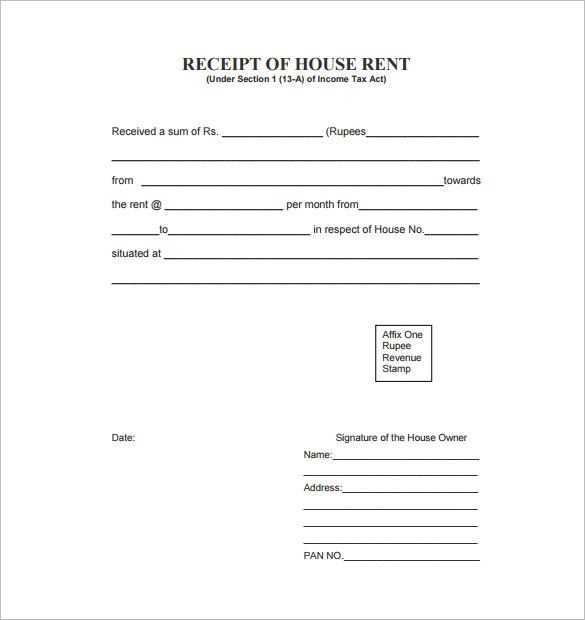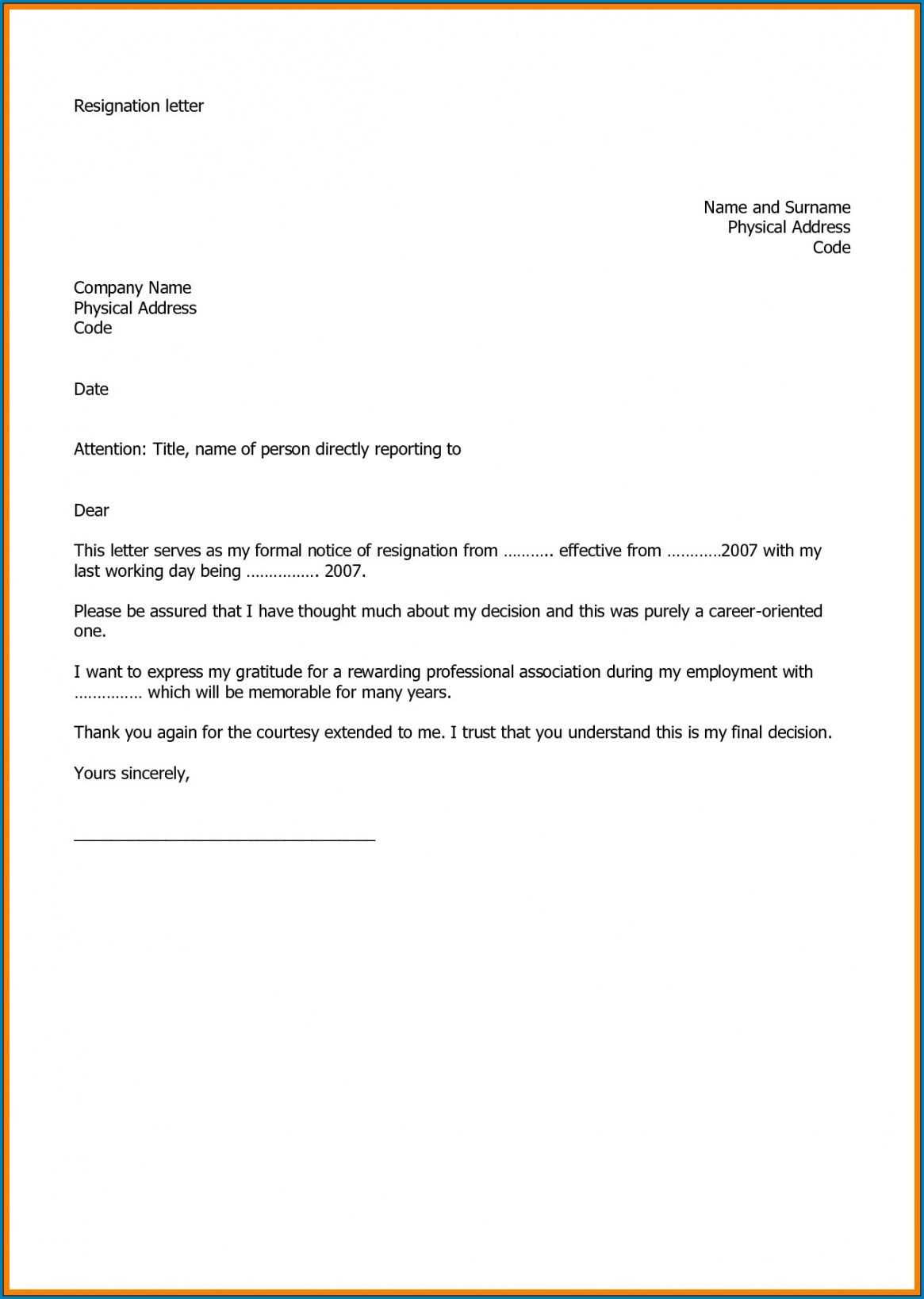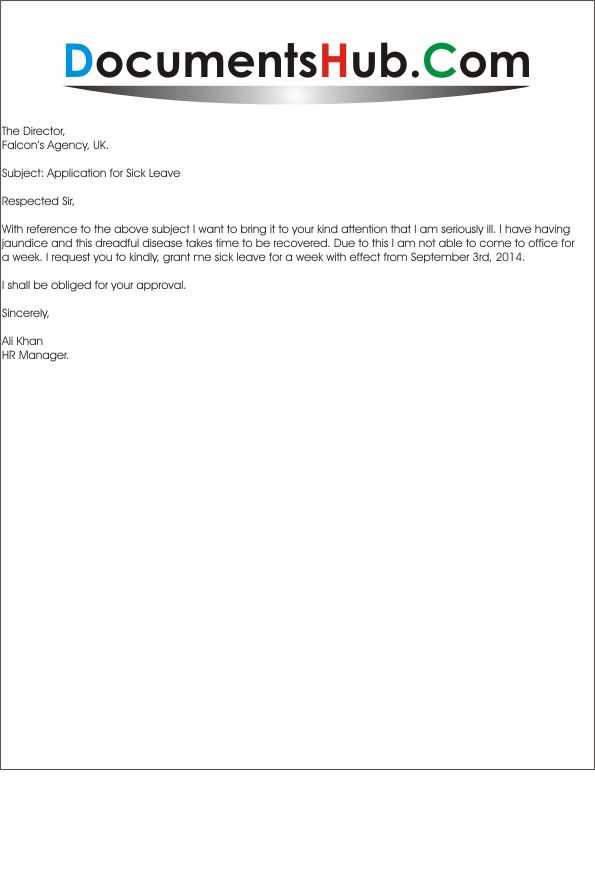
Write a direct response to an application with a polite yet clear tone. Acknowledge receipt of the application, provide the decision, and offer a concise explanation where possible. It is important to ensure that the message remains respectful and maintains the candidate’s dignity. A simple structure helps communicate the message effectively.
Start by thanking the applicant for their interest and time. Then, specify that the position has been filled by another candidate or that the application did not meet the criteria required for this particular role. Avoid vague language and be transparent, but keep the feedback constructive. Ensure the letter doesn’t linger unnecessarily on reasons, keeping it brief while still acknowledging their effort.
End on a positive note, encouraging the applicant to apply for future openings if applicable. This leaves the door open for further engagement and demonstrates appreciation for their interest in your company.
Example template:
Dear [Applicant’s Name],
Thank you for applying for the [Job Title] position at [Company Name]. We appreciate the time and effort you invested in your application.
After careful consideration, we regret to inform you that we have chosen to proceed with another candidate whose qualifications more closely match the needs of the position at this time.
We encourage you to keep an eye on future job openings with us and to apply again if you find a suitable opportunity.
We wish you the best in your career and thank you again for your interest in [Company Name].
Sincerely,
[Your Name]
[Your Job Title]
[Company Name]
Rejection Letter Following Receipt of Application
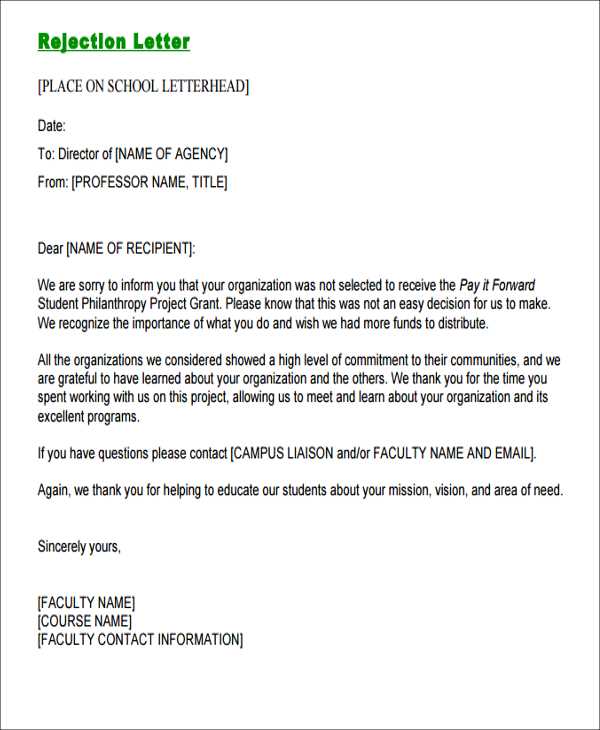
When sending a rejection letter after receiving an application, make it clear and respectful. Acknowledge the time and effort the applicant invested, while clearly stating the decision. Keep the tone polite and professional throughout the message.
Structure of a Rejection Letter

Begin with a brief thank you note. Express appreciation for the applicant’s interest in the position and the company. This sets a positive tone, even as you convey the negative news. Follow this with a clear statement that the application has not been successful, offering a concise reason if applicable. Avoid lengthy explanations or criticisms.
Offering Future Opportunities
If appropriate, let the applicant know they can apply for future positions. This keeps the door open and encourages a continued connection. Be sure to conclude with a polite sign-off that maintains goodwill.
Example:
Dear [Applicant Name],
Thank you for your application for the [Job Title] position. After careful consideration, we have decided to move forward with another candidate for this role. We were impressed by your qualifications and encourage you to apply for future opportunities with us.
Thank you again for your interest in [Company Name]. We wish you all the best in your job search.
Sincerely,
[Your Name]
[Your Title]
[Company Name]
Crafting a Professional and Respectful Response
Begin with acknowledging the candidate’s effort and time invested in their application. This sets a positive tone and shows appreciation for their interest.
Personalize the Response
Address the candidate by name. Personalization goes a long way in showing respect and recognition for their individual application. Avoid generic statements that could make the candidate feel overlooked.
Be Clear and Direct
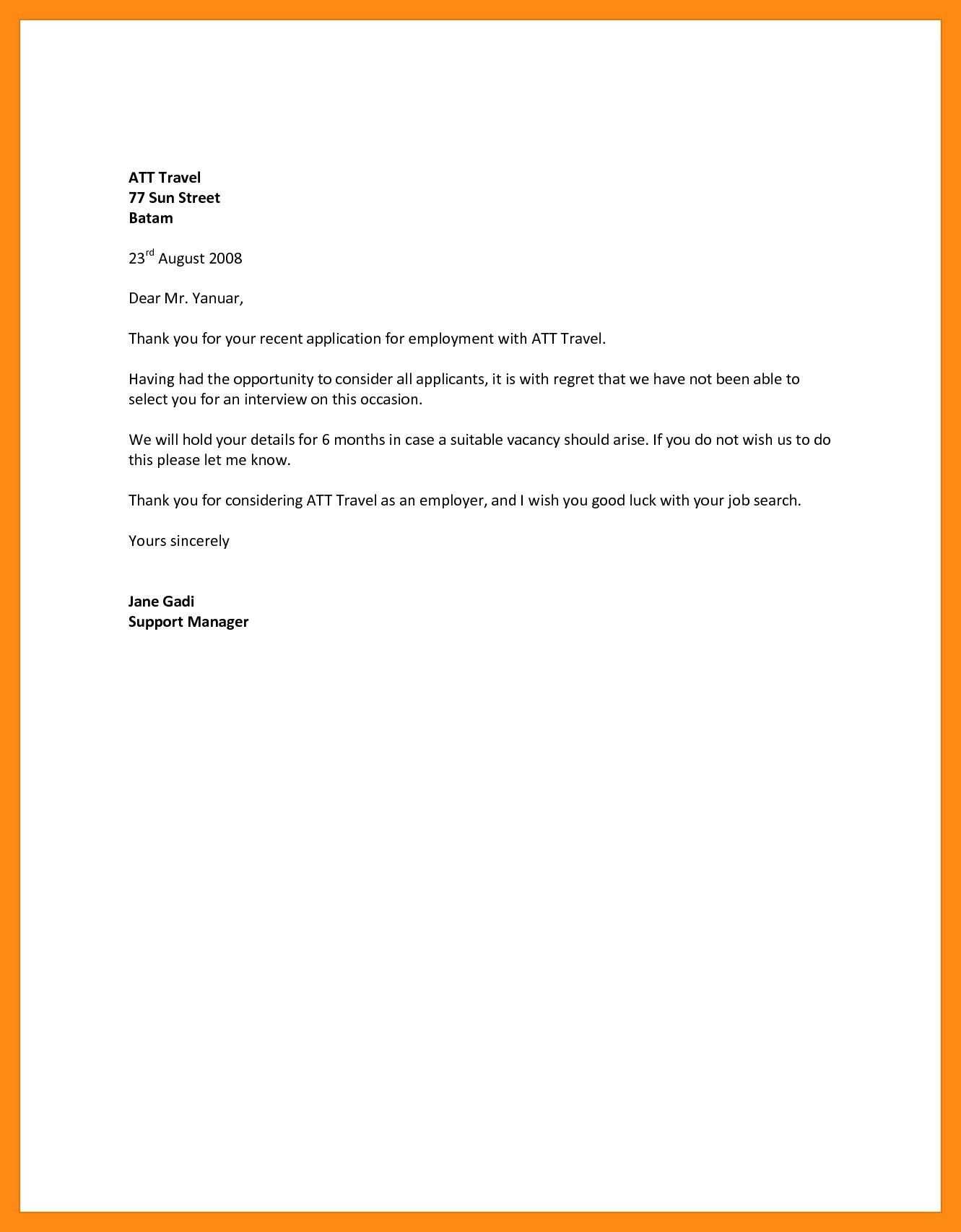
State the outcome clearly. Avoid vague language. If the candidate was not selected, explain that the decision was based on specific criteria without delving into unnecessary details. Being transparent helps the candidate understand the reason behind the decision.
Offer Encouragement
Express appreciation for their qualifications and the effort they put into the application. If applicable, suggest they apply for future positions or keep in touch. This can leave the door open for potential opportunities down the line.
Keep the Tone Respectful
Avoid using overly formal language that might come across as cold or detached. A friendly, polite tone is key. Offer sincere best wishes for the candidate’s future career path, reinforcing that their skills are valued even if this particular opportunity wasn’t a match.
Wrap it Up Professionally
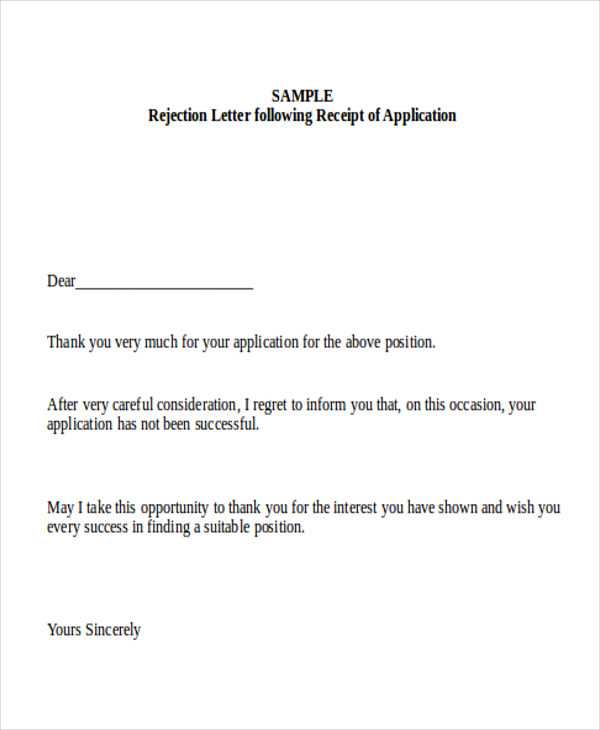
Close the letter with an invitation for future contact. Offer any necessary information on how the candidate can stay updated on upcoming opportunities. Finish with a courteous thank you and well wishes for their job search.
Key Elements to Include in a Rejection Letter
Begin with a clear statement of the decision. Express appreciation for the applicant’s time and effort, making sure to convey that the choice was difficult, but ultimately not in their favor.
Offer a brief but respectful explanation, such as a high volume of applicants or the decision being based on specific qualifications or skills that align more closely with the role. Keep it concise and non-specific to avoid misunderstandings.
Maintain a positive tone throughout. Suggest that the applicant may be a strong fit for future openings, and invite them to stay in touch, demonstrating that their candidacy is valued for potential opportunities down the line.
End with a courteous closing, wishing them success in their job search. Reaffirm your appreciation for their interest in the position and the company. A professional, positive tone leaves the door open for future communication.
Addressing Common Missteps When Communicating Rejections
Be clear and concise in your communication. Avoid ambiguous phrases that may leave the recipient uncertain about the decision. If space allows, provide specific reasons for the rejection, focusing on how the applicant might improve for future opportunities. This offers valuable feedback and leaves the door open for potential future engagements.
Avoid overly generic responses. Statements like “We had many strong candidates” do little to explain why an applicant wasn’t selected. Instead, offer direct yet polite feedback on areas where their application or skills did not meet the requirements.
Keep the tone respectful and considerate. The rejection process can be disheartening for applicants, so being empathetic goes a long way. Rather than simply stating, “We won’t be moving forward,” consider acknowledging the effort they put into their application.
Don’t delay the response unnecessarily. Prompt communication shows respect for the applicant’s time. Rejections should be sent as soon as a decision is made, giving the applicant clarity and the ability to move forward quickly with their job search.
Avoid using overly formal or impersonal language. A rejection should feel human, so addressing the applicant by name and using a friendly yet professional tone fosters a sense of respect and consideration.
